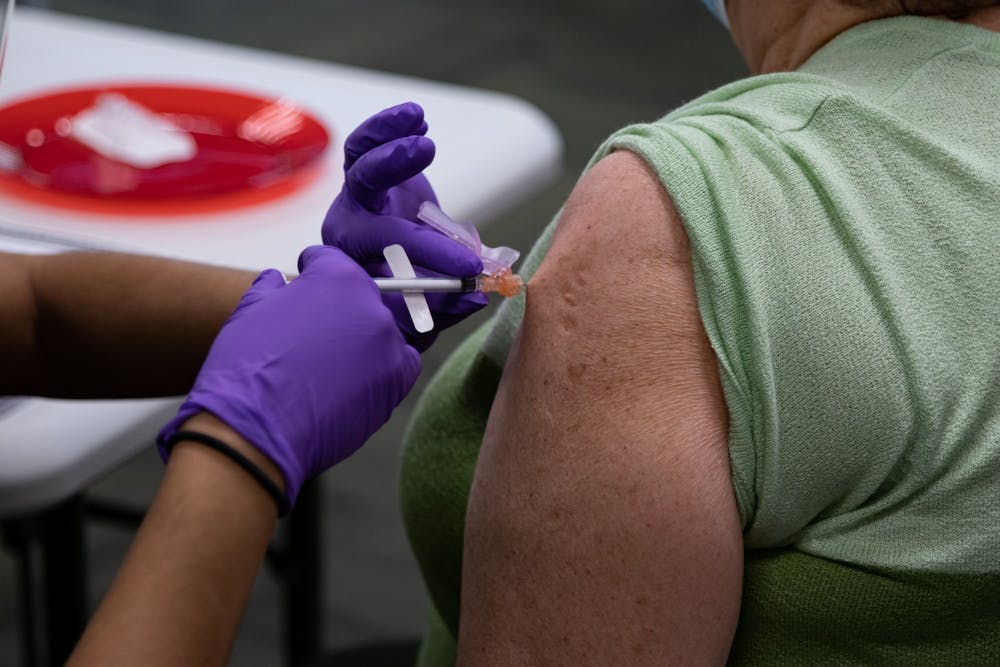In January of 2020, I was writing about everything science-related for the Editorial Board. At the time, news had broken about a novel virus taking a large city in China by storm. I pitched a piece about its relevance, did some research about this “coronavirus" and had even said in my last paragraph:
“The likelihood of catching the virus in Chapel Hill is something that we wouldn’t personally place bets on.”
It’s embarrassing to look back on, but even with another year under my belt, I can’t say that I would have written it any differently. It’s hard to remember how unfamiliar the virus was; at the time, Chapel Hill felt untouchable.
Things unraveled quickly in the next several months, with a case being identified in Raleigh not even a week after the editorial was published, and the virus was eventually proclaimed to be a global health crisis.
After millions of deaths and hospitalizations, it would be difficult to suggest that the virus has had any positive impact. However, COVID-19 has radically impacted and revealed things about science in many ways this year.
Here are just a few things that we have learned:
The versatility of biomedical research
Following the initial uptick in cases, most scientific research was halted to assess whether or not faculty could safely continue working. During this time, journal publishers saw over a 50 percent increase in submissions, and there was a similar increase in preprints (articles posted online prior to the lengthy peer-review process).
Over four percent of all these articles were on COVID-19, from the initial assessment of the virus to its impact on other conditions. The rise in science being published and shared was astronomical.



